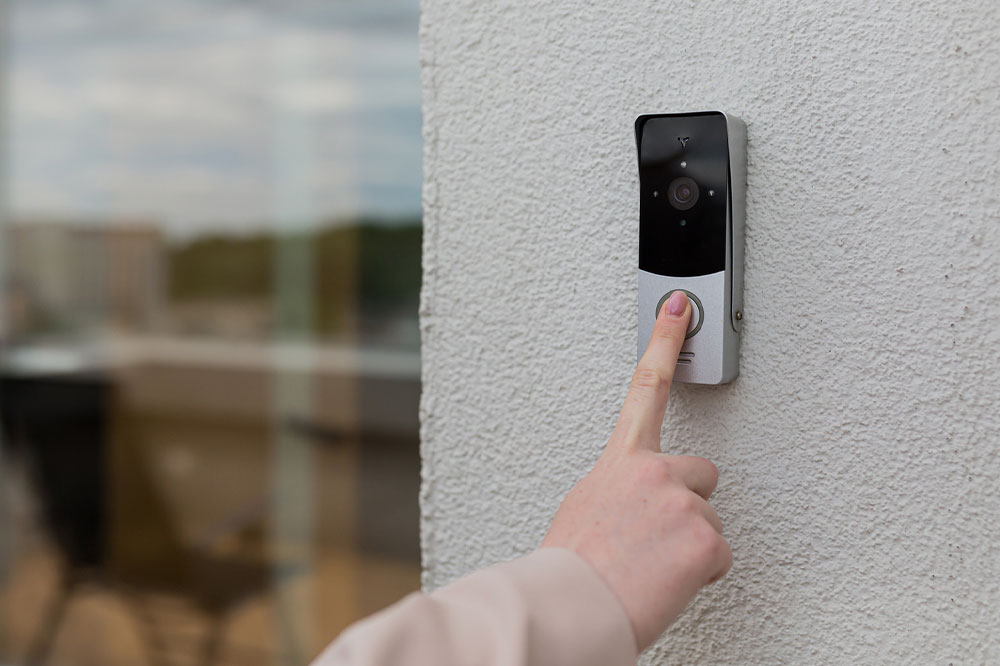12 mistakes to avoid when adopting a dog

Adopting a dog is incredibly rewarding. It keeps people active and provides them with a sense of companionship. It also offers a lifeline to the millions of animals eagerly awaiting their forever homes. Around two million dogs in the country find new families through shelter adoption annually, proving how much of an impact these lovable pets can have on a person. But although adopting a dog has benefits, one should avoid mistakes during the process.
Impulse adoption
Bringing home a dog on a whim without proper consideration can lead to challenges down the road. Before adopting, individuals should take time to assess their lifestyle, living conditions, and whether they can meet the needs of a pet. Evaluating the dog’s size, energy level, and temperament is also crucial to ensure a good match.
Not researching breeds
Each dog breed has unique characteristics, temperament, and care requirements, so researching them is important. Doing so allows one to choose a dog that suits their lifestyle and preferences. Individuals should consider the breed’s grooming requirements, exercise needs, and compatibility with children or other pets.
Not meeting the dog
Meeting pets in person before adoption is crucial for assessing compatibility. People should spend more time interacting and playing with the dog to observe its behavior, energy level, and responsiveness. This time allows one to make an informed decision and increase the likelihood of a successful adoption.
Neglecting training
Proper training and socialization are essential for a well-behaved and well-adjusted dog. Neglecting these aspects can cause behavioral problems, such as aggression or destructive behavior. That’s why one should invest a lot of time and effort in training the dog and exposing them to various environments, people, and animals.
Underestimating the cost
Adopting a dog entails various expenses, including food, veterinary care, grooming, supplies, and unforeseen medical expenses. Underestimating the cost of dog ownership is one of the main mistakes to avoid when adopting, as it can strain one’s finances and compromise one’s ability to provide proper care. Individuals should create a budget and plan ongoing costs to ensure the dog’s well-being.
Not establishing a routine
Dogs love a proper routine because it helps them understand expectations. Without it, they may be confused and have behavioral problems. That’s why one should have a daily schedule for feeding, exercise, training, and rest to create a harmonious environment for the newly adopted dog.
Ignoring health and safety precautions
One should prioritize the adopted pet’s health and safety by scheduling regular veterinary check-ups, keeping up with vaccinations, and providing a safe indoor and outdoor environment. Stay vigilant is also important. Individuals should watch for signs of illness or injury and address any health problem quickly to prevent complications.
Not considering a long-term commitment
Adopting a dog is often a long-term commitment that requires time, effort, and dedication. One must reassess future life plans, such as career changes, moving, or family dynamics, and ensure they can provide lifelong care. Those who adopt a dog should be prepared for the major responsibilities, including daily care, exercise, and companionship, for the duration of their dog’s life.
Avoiding vet visits
Regular vet visits are crucial for young pups and older dogs to maintain their health and spot underlying illnesses early on. Neglecting these visits can harm one’s furry friend. Many shelter dogs have limited medical history information, making consistent veterinary check-ups even more important to monitor their health and well-being and quickly address potential health concerns.
Overlooking compatibility with other house members
When adopting a dog, one should consider the needs and preferences of all household members, including the family, roommates, or existing pets. Everyone should be on board with the decision to adopt. Doing so helps the new pet fit well into the family dynamic. One should also address concerns or conflicts to create a positive relationship with the new pet.
Failing to consider one’s working hours
Among the biggest mistakes to avoid when adopting a dog is not considering one’s office schedule. Individuals should ensure the pet receives proper supervision and care throughout the day, even while owners are out for work. Dogs have different needs based on age. Older dogs are generally independent and trained, while puppies require much more attention and socialization.
Lacking patience and understanding
Adjusting to a brand-new environment may be very stressful for a dog, especially if it has experienced trauma or abandonment in the past. That’s why individuals should practice patience, empathy, and understanding as their dog settles into their new home. They should give the dog time to adjust, provide reassurance and positive reinforcement, and get professional guidance if needed to address any challenges.
Adopting a dog is all about taking things slow and steady. One should avoid jumping in too quickly, skimping on training, or forgetting the costs involved. Instead, individuals should do their homework on breeds, set up a routine, and ensure they have the budget. The pet should also be given time to settle in and adjust. With a little patience, understanding, and lots of love, one will be on their way to a warm and joyful partnership with their furry buddy!







